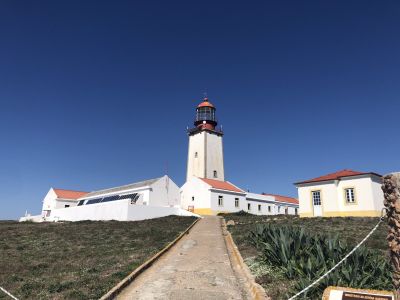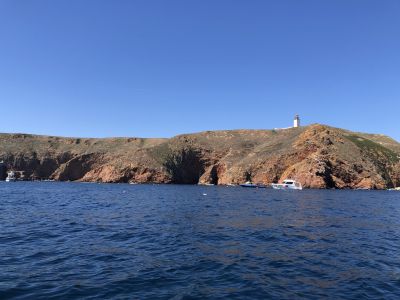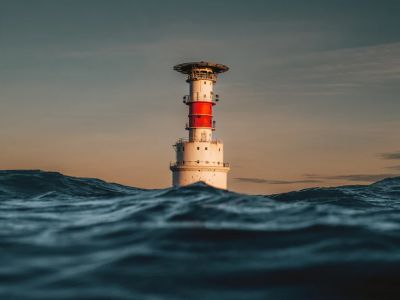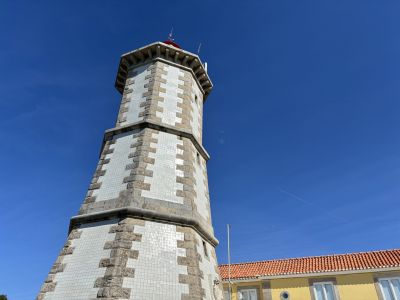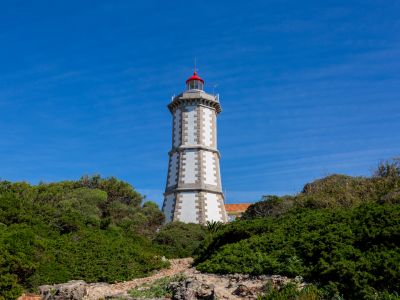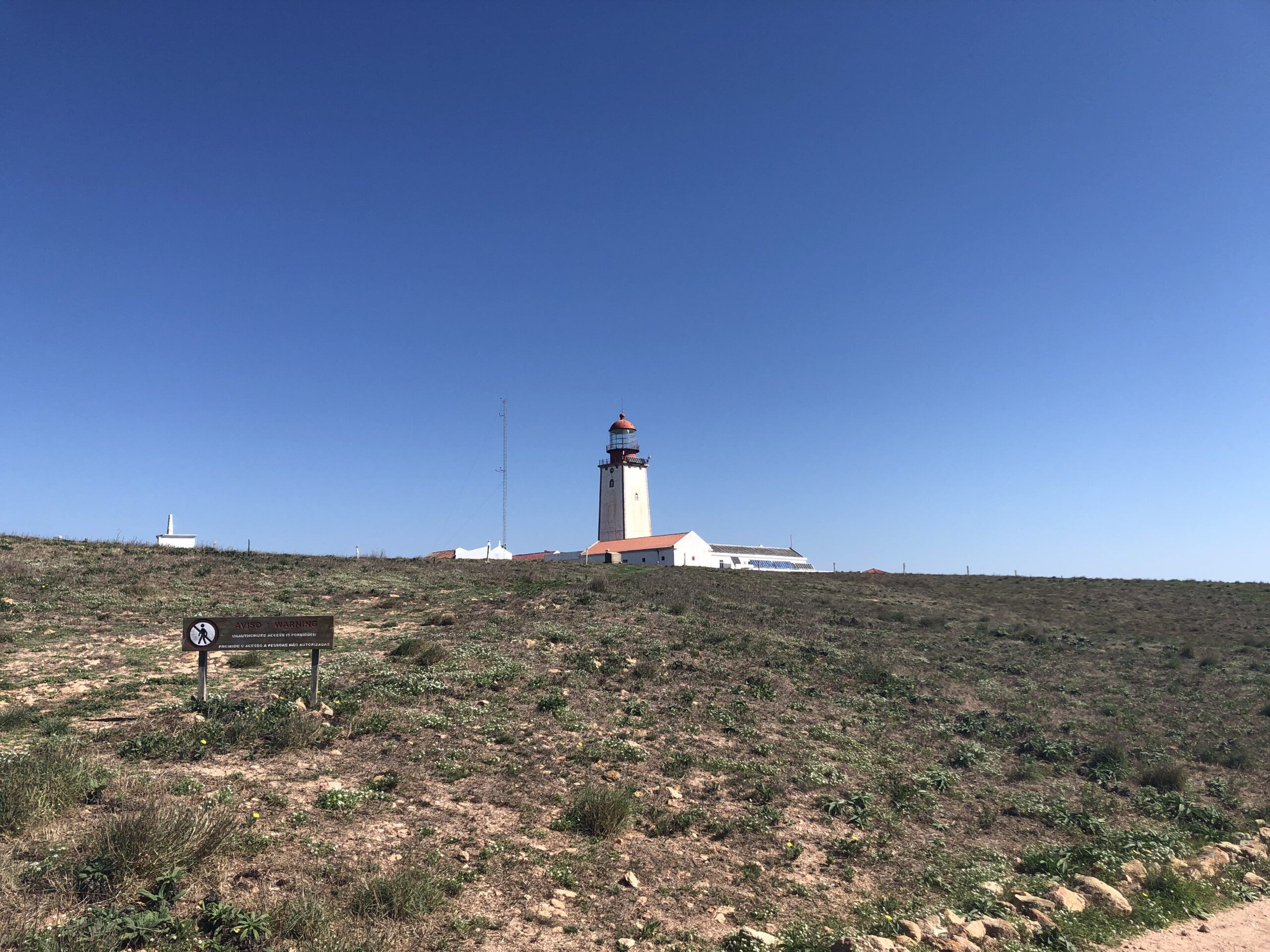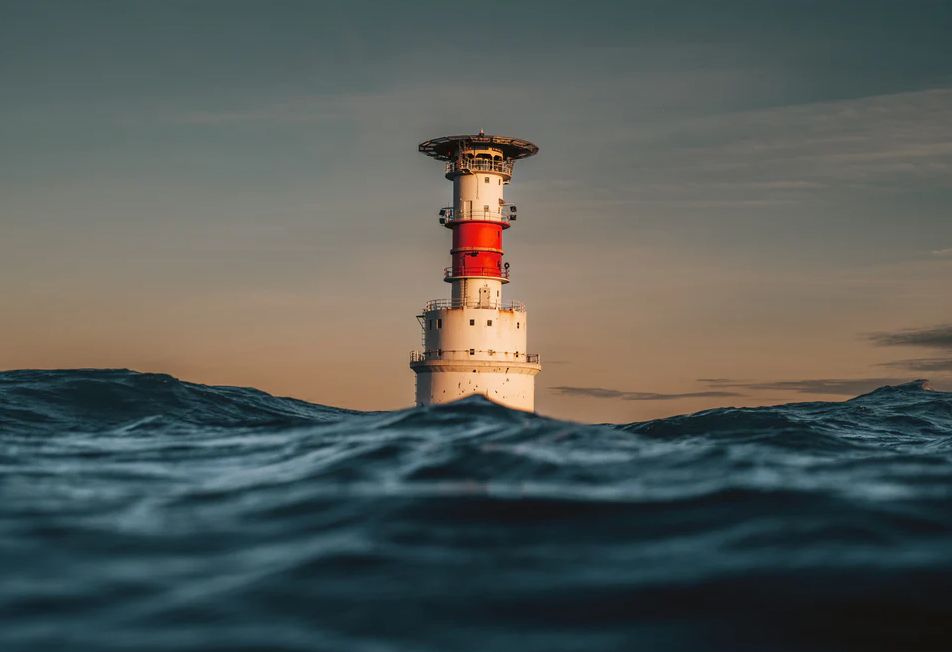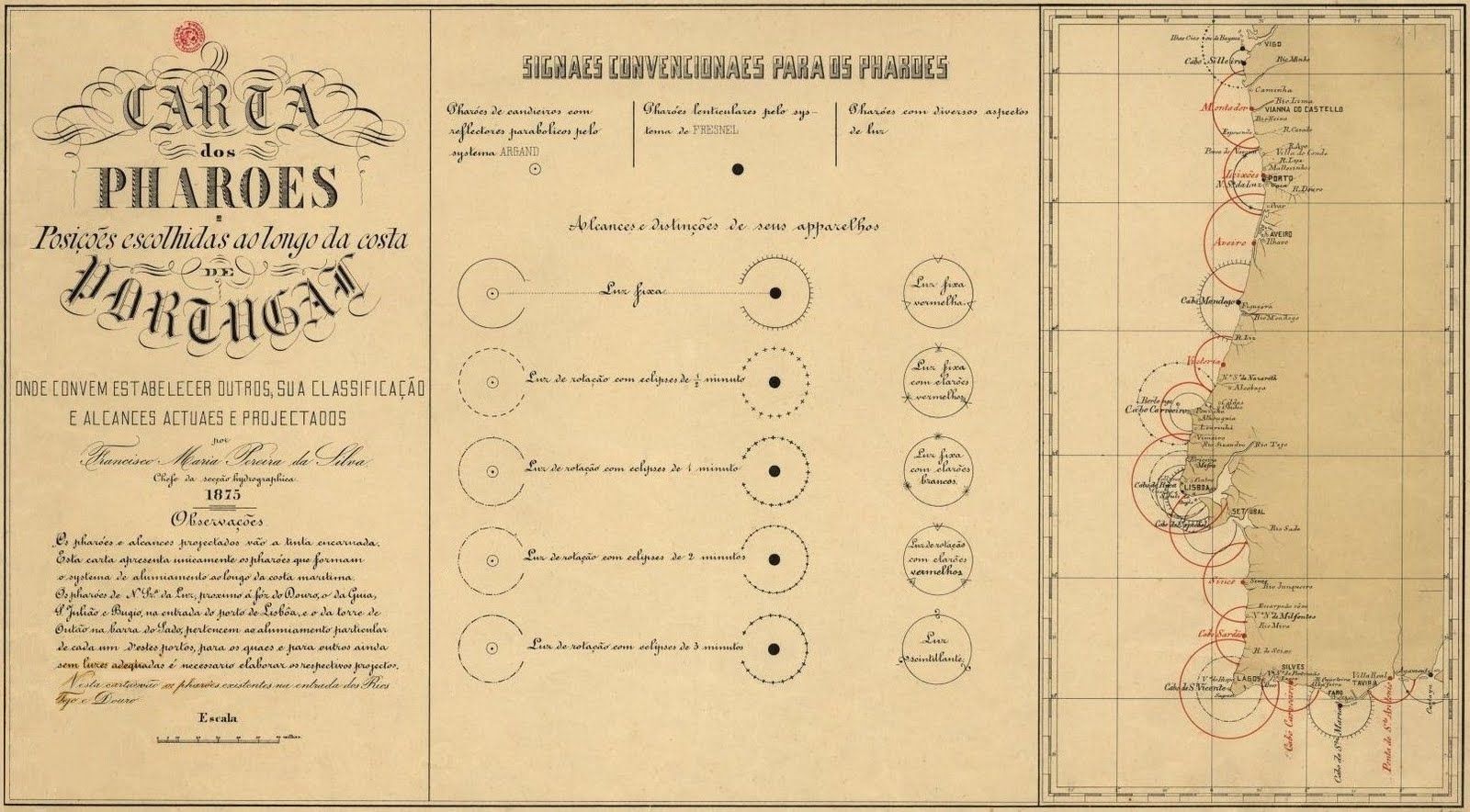Lighthouses
About Lighthouses
Lighthouses: literally and metaphorically, these structures are fascinating. More than mere sources of light for navigational aid, lighthouses are also panoramic viewpoints, literally and metaphorically, allowing us to have a broad perspective of space – and also a deep perspective of time.
Lighthouses will be the central axis of this exploratory project, which has as main goal to provide the experience of seascapes through immersive media. These are seascapes from Portugal and from Ireland: we will be immersing ourselves in selected points of these countries’ shorelines. For this exploratory project two lighthouses were selected, due to it unique geographical location and historical importance:
- Berlenga Lighthouse (Portugal)
- Kish Bank Lighthouse (Ireland)
An extra lighthouse is included in this website, however is not a part of the VR application – the Guia Lighthouse (Portugal).
Lighthouses and Sea Safety
Since early in maritime navigation history, there has been an awareness of the need for landmarks on land to help prevent ship accidents when leaving ports and sheltered areas.
There are very ancient references to such equipment, with the Lighthouse of Alexandria being perhaps the most famous aid to navigation ever built. Yes, because its existence has never been proven, although there was an island called Pharos alluding to it. This construction, extensively illustrated since Classical Antiquity, took on various forms and fueled the imagination of seafarers for centuries. 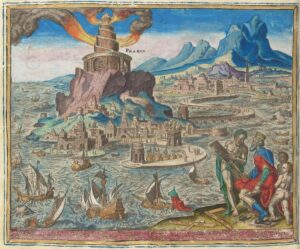
Figure 1: Philip Galle (1572) Lighthouse of Alexandria (source: Wikipedia)
Due to their location in conspicuous points of the coast, such as capes, headlands, or other high places relative to the terrain level, lighthouses have always been sought after for visits and contemplation of the landscape. In fact, lighthouses, being necessarily the tallest structures in their surroundings, provide unique views of the surrounding landscape, especially towards the sea. Hence, they are considered romantic and meditative places.
Always associated with maritime safety and the preservation of human life at sea, lighthouses dotted the coasts of the entire world as signs of hope and salvation. For hundreds or even thousands of years, they were often the only reference on land for sailors who knew they were nearing home or reaching a safe harbor. Due to the need to keep the lighthouse flame burning, whatever type it might be, it was mandatory to ensure the presence of lighthouse keepers in these infrastructures, which sometimes required long stays of these professionals in remote and poorly habitable places. Over time, these conditions improved to the point where many lighthouse keepers lived with their families in these places, even if it meant a lack of contact with nearby communities.
More recently, there have been initiatives to utilize the capacity existing in areas not technically occupied by lighthouse equipment or by lighthouse keepers and their families, for tourist accommodation. In some known cases, it has been a success that tends to be repeated around the world.
The Portuguese Lighthouse Network
In Portugal, largely due to its extensive maritime coast in the mainland, the intense navigation that has always passed through here since ancient times, and the numerous accidents that occurred all over, leading to the loss of ships, boats, and many human lives, there was a need to implement measures that could help minimize this problem, which, it should be noted, was widespread across all oceans and seas. For a long time, especially the fishing communities, which were and are the ones taking the most risks at sea, had people on land who made large bonfires in high places, and even on top of small stone towers built to increase their visibility from the sea. These aids helped to mark dangers and to guide fishermen back to land.
One of these measures involved defining a plan for lighthouse construction covering the entire coast with lights to serve as navigation aids. From the construction of these structures, a project that took many decades, there was a long technological evolution experienced by lighthouses up to the present day, where practically all of them operate automatically, being powered by solar energy.
However, this fact does not prevent some lighthouse keepers from still having work on these infrastructures. Equipment maintenance needs to be done, and attention must be paid to weather changes that require extra care from these professionals. In addition, there may be breakdowns that need to be resolved as quickly as possible to not leave navigators without these aids.
It was from the 1980s that Portuguese lighthouses began to undergo improvements in terms of their power supply, gradually becoming automated. This fact, besides saving labor and fuel, also contributed to a greater reliability of the systems installed there. Some crystal optics, with extraordinary Fresnel lenses, began to be replaced by systems that even allowed remote control, especially in small lighthouses located in remote places, such as small islands and islets. Acetylene gas was abandoned in favor of photovoltaic energy. Nowadays, the use of LEDs has been proving to be an advantageous alternative for some lighthouses of short and medium range.

(Image source: Wikipedia (n.d.) “Faróis de Portugal”)

(Image source: Wikipedia (n.d.) “Faróis de Portugal”)
It should be noted that, according to international standards issued by institutions of which Portugal, through the Lighthouse Directorate, is a part, the availability rate of lighthouses cannot be less than 99.98%, which in practice means they can never fail!
In the social component, lighthouses have a unique history because whole families lived (and still live) there, births, baptisms, weddings, ceremonies, and events of various kinds took place there, especially educational and cultural ones. For many years, some families lived for long periods isolated from the rest of the world, which made them more united and resilient. Today, although different, there are still situations where families live in lighthouse facilities accompanying the lighthouse keepers.
Portuguese lighthouses are highly sought after for visits, both by individuals and by groups of various kinds, such as schools, associations, collectives, etc. Between 2012 and 2018, there were a total of 388.408 visits to Portugues Lighthouses, with Berlenga having 5.568 visitors.
